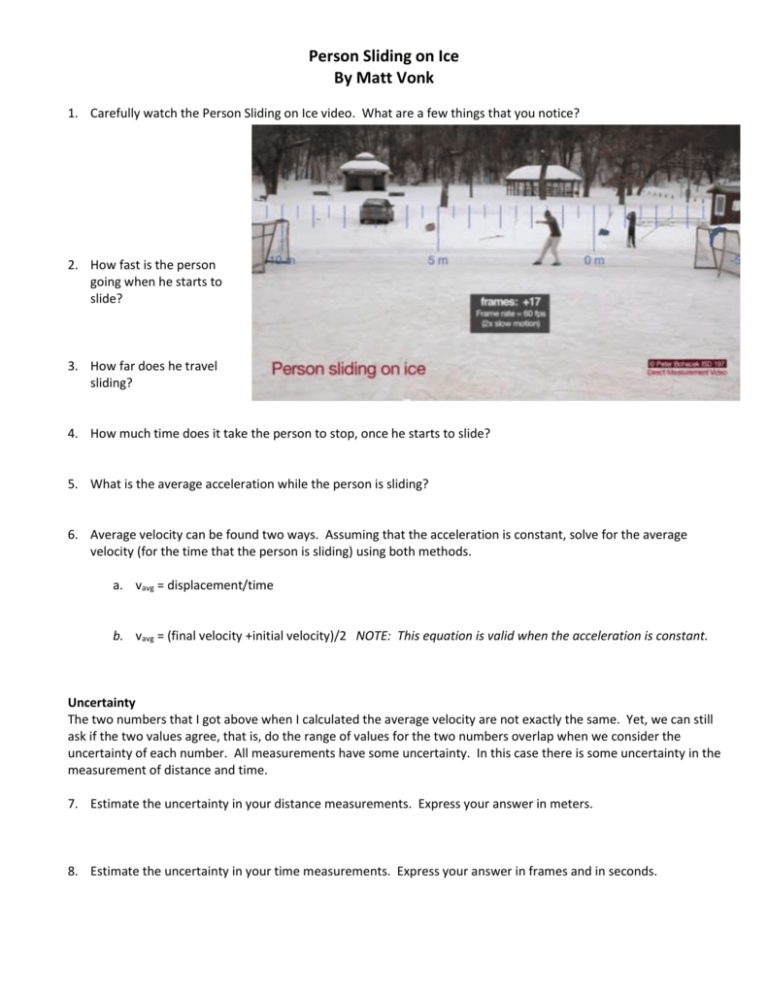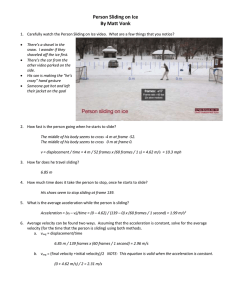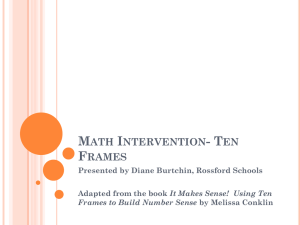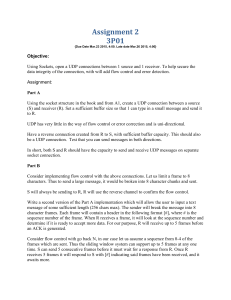Person Sliding Worksheet
advertisement

Person Sliding on Ice By Matt Vonk 1. Carefully watch the Person Sliding on Ice video. What are a few things that you notice? 2. How fast is the person going when he starts to slide? 3. How far does he travel sliding? 4. How much time does it take the person to stop, once he starts to slide? 5. What is the average acceleration while the person is sliding? 6. Average velocity can be found two ways. Assuming that the acceleration is constant, solve for the average velocity (for the time that the person is sliding) using both methods. a. vavg = displacement/time b. vavg = (final velocity +initial velocity)/2 NOTE: This equation is valid when the acceleration is constant. Uncertainty The two numbers that I got above when I calculated the average velocity are not exactly the same. Yet, we can still ask if the two values agree, that is, do the range of values for the two numbers overlap when we consider the uncertainty of each number. All measurements have some uncertainty. In this case there is some uncertainty in the measurement of distance and time. 7. Estimate the uncertainty in your distance measurements. Express your answer in meters. 8. Estimate the uncertainty in your time measurements. Express your answer in frames and in seconds. 9. Recalculate vavg above using both methods, but this time add or subtract your uncertainty to each factor (displacement and time) to find the largest spread possible. Using equation 1 above, vavg will be the highest when the displacement is large and the time is small. For example if previously you had found that the car travelled 7 meters in 52 frames your value for vavg would have been: (7 m / 52 frames) x (60 frames / 1 second) = 8.08 m/s If you think your displacement uncertainty is 0.1 m and your time uncertainty is 2 frames then you would resolve for vavg in a way that produce the most spread, i.e., (7 + 0.1 frames ) / (52 – 2 frames) x (60 frames / 1 second) = 8.52 m/s this is your HIGH value (7 – 0.1 frames) / (52 + 2 frames) x (60 frames / 1 second) = 7.67 m/s. this is your LOW value 10. When you compare the ranges of vavg using equation 1 and equation 2 above, do the ranges overlap? Forces & Friction 11. Why is the person slowing down? My guess is that some of you said that the person is slowing down because they stopped running. That’s a good step, but in physics class we’ll think about it in a little different way. Newton’s first law says that nothing can change its velocity unless there is a net force on it. Note: The net force on an object is just the sum of the forces on an object. If you add up all the forces on an object and the sum is zero then the object will maintain its velocity (both speed and direction). 12. What object outside of the person is forcing him to stop? What is the direction of that force? 13. What is the coefficient of friction between the person’s boots and the ice? 14. What is the magnitude of the frictional force if the person has a mass of 90-kg? 15. What could you change about the situation to increase the frictional force on the person?










